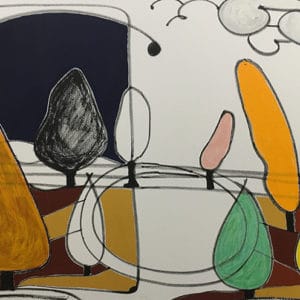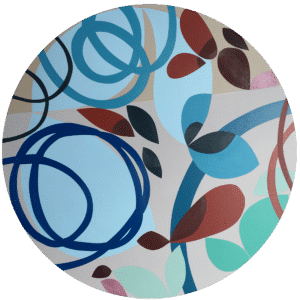What’s the “big deal” with Abstract Art?
What’s the “big deal” with Abstract Art?
Do you admire abstract art, but don’t know why? Abstract art looks like “nothing”… You may look at it and think “a child did it” OR It doesn’t look like it took long, how is it worth all that money? Do any of these comments sound familiar? Then this is for you
How did Abstract Art Start?
When you ask yourself, “why abstract art”, do you ever wonder how it all started? Or have you ever wondered why artists create abstract art?
Before abstract art, there was non-objective painting which began to explore the idea of removing visual information. It was explored by Pablo Picasso and Georges Braque in the 1900s.
- The Sculptor (1931) courtesy of www.PabloPicasso.org
- La Lecture (1932) courtesy of www.PabloPicasso.org
Picasso is well known for his portraits, some describe them as simplistic and childish. However, Picasso painted as an exploration of form and shape. The paintings were not to conclude rather, they were to explore how the human body and the world around us can be broken down into simple shapes. Picasso was sharing with the world, a new way of seeing itself.
One of the few ideas that provoked the abstract movement came from the Greek philosopher Plato;
“the highest form of beauty lies in geometry.”
In essence, this means circles, triangles, and squares possess an absolute unchanging beauty. Meaning that a painting can be beautiful and appreciated for its line and colour alone.
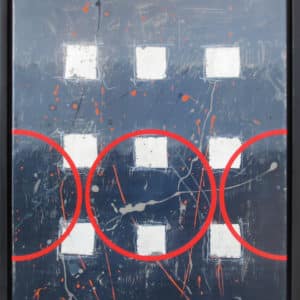
Bill Snider works on several paintings at once, constantly going back over them, “making his mark”, scratching and sanding layers and using a variety of methods to create highly expressionistic works which combine painterly finesse with a strong graphic element.
Something else that influenced abstract art – the camera.
Using a camera to capture detail is much faster than painting, consequently the question “why bother painting?” followed. From the introduction of the camera, artists began finding other ways to paint and create beautiful or meaningful art.
This question still occurs today, with the digital world expanding quickly. Now there are painters who look at techniques of the camera or computer and look to replicate the effect.
What is Abstract Art?
Abstract art is full of variety. You will see artworks that range from semi-representational to those completely void of content and SOME that look like the work of children. This makes talking about abstract art difficult and complex, so here are simplified points.
- Abstract art is a broad term as it encompasses a wide range of artworks that span back to the early 1900s.
- Abstract art also formed a central stream of contemporary art.
- It is known to use either or all of the following; colour, line, shape, and form to create a composition that may or may not have any resemblance to something in life.
- The goal (strictly speaking) is to separate or withdraw visual information.
- In doing so, the artist can draw attention to different things. For example, removing the detail from a tree reveals its shape
-
John Niland’s semi-representational landscape is abstract in how uses basic shapes and colours in place of fine detail. I am reminded of what Pablo Picasso said:
“Every child is an artist. The problem is how to remain an artist once we grow up”
John Niland and Pablo Picassos’ work can be seen as a celebration of the basic shapes that make up our world and the things in it. It could also be seen as an attitude that says ‘it does not have to be complex to be beautiful’.
-
- An abstract artist may also take a pattern created from a shadow in order to accentuate the basic shape(s), symmetry and detail.
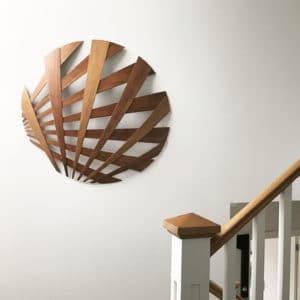
Jamie Adamson’s wood sculpture could represent a layer of leaves or a geometric sunbeam. When looking at Jamie’s work, there seems to be an element of the found in nature; like a pile of sticks, a bird’s nest, or the sun breaking through the top of the tree, creating shadows.
Why do people buy Abstract Art?
Art, in general, can be made as a way of preserving experiences, of which there are many. This can also trigger something in someone who is not an artist, driving them to purchase it. An artist working in an abstract way might be interested in producing something of beauty, whisking us away from the realities of the everyday. For some people who buy art, this is perfect. But that is not the only reason:
- One of the most common reasons people buy abstract art is the colour and way it has been applied to the canvas.
- Abstract art can excite the imagination or evoke an emotional response through colour and texture. From this, the artist may have captured a feeling that the buyer resonates with.
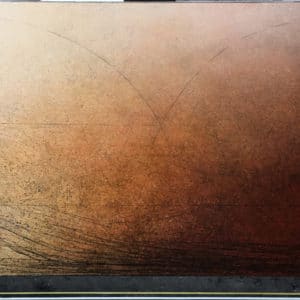
Richard Adams says “I paint when I’m not playing the jazz violin. The two go hand in hand. One sets the other on fire. “
- The artist or buyer could be interested in how much visual detail can be removed while the subject or object remains recognizable.
With Annie Smits Sandano’s artwork, you can see references to nature. Leaves, vines and sometimes you can see petals. She is inspired by the shape and uses them in a different way than we see them, yet we can still recognize the forms. Abstract art is for some, created to breaking down what one sees in the everyday to basic colours and geometries.
LASTLY:
In short, abstract art is a big deal because its strength is in its potential. The potential in terms of a viewer’s imagination, or potential in terms of looking at something differently, revealing to those looking, a new purpose.
Read more at Painting and Photography
Suggested Listening
There is a lot of great info out there that dissects this topic amazingly,
The Reith Lectures by Grayson Perry from 2013 is one of them I recommend to EVERYONE. He speaks critically, simply, and sincerely. Great for anyone not interested in ‘art lingo’ but wants further insight.
https://www.bbc.co.uk/programmes/b00sj965



